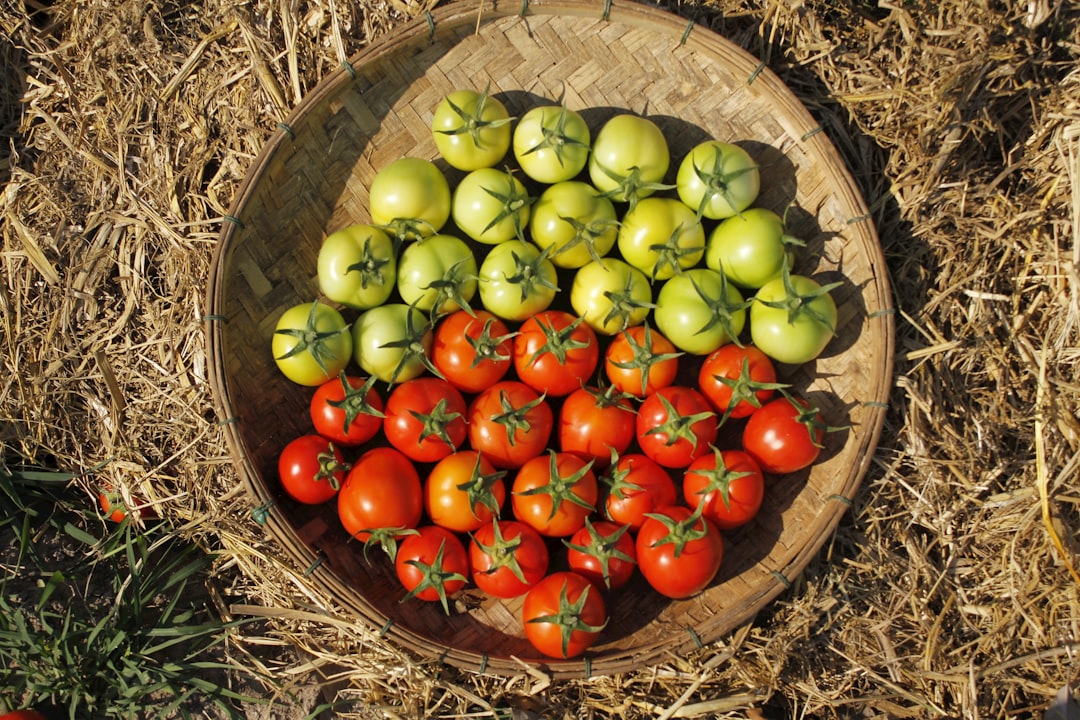Soil is more than just dirt beneath our feet—it is a living, breathing ecosystem that supports plant life, stores carbon, filters water, and sustains biodiversity. Healthy soil is fundamental to agriculture, environmental sustainability, and food security. But what exactly is soil health?
Soil health refers to the ability of soil to function as a vital living system that sustains plants, animals, and humans. This concept is defined by three main properties: biological, chemical, and physical. Understanding these elements can help farmers, gardeners, and environmentalists maintain and improve soil quality for future generations.
1. Biological Properties of Soil
Soil is teeming with life, from microscopic bacteria to earthworms, fungi, and other organisms that contribute to its vitality. The biological properties of soil play a crucial role in nutrient cycling, organic matter decomposition, and disease suppression.
-
Microorganisms: Bacteria, fungi, protozoa, and nematodes break down organic matter and release essential nutrients that plants need to grow. Beneficial microbes, such as mycorrhizal fungi, form symbiotic relationships with plant roots to enhance nutrient uptake.
-
Earthworms and Insects: These organisms aerate the soil, improve its structure, and contribute to organic matter decomposition. Their waste (castings) is rich in nutrients.
-
Soil Organic Matter (SOM): Composed of decomposed plant and animal material, SOM enhances soil fertility, water retention, and microbial activity.
2. Chemical Properties of Soil
The chemical composition of soil determines its fertility and ability to support plant growth. Key chemical properties include nutrient availability, pH levels, and cation exchange capacity (CEC).
-
Soil pH: The pH level of soil affects nutrient availability. Most crops prefer a pH between 6.0 and 7.5, though some plants thrive in more acidic or alkaline conditions.
-
Nutrient Content: Essential nutrients such as nitrogen (N), phosphorus (P), and potassium (K) must be available in adequate amounts for healthy plant growth. Micronutrients like zinc, iron, and copper are also necessary in smaller quantities.
-
Cation Exchange Capacity (CEC): This refers to the soil’s ability to hold onto and exchange nutrients, impacting how well plants can access essential minerals.
3. Physical Properties of Soil
The physical structure of soil influences water movement, root penetration, and erosion resistance. Key physical properties include soil texture, structure, and compaction.
-
Soil Texture: Soil is composed of varying proportions of sand, silt, and clay. Loamy soils, which contain a balanced mix of these particles, are ideal for plant growth.
-
Soil Structure: The way soil particles clump together (aggregates) affects aeration, drainage, and root development. Well-structured soil allows water and air to flow freely while retaining moisture.
-
Compaction and Erosion: Soil that is too compacted can prevent roots from growing and reduce water infiltration. Erosion, caused by wind or water, depletes topsoil and reduces fertility.
Improving and Maintaining Soil Health
Healthy soil is the foundation of productive ecosystems. Here are some strategies to enhance soil health:
-
Cover Cropping: Planting cover crops, such as legumes or grasses, improves organic matter and prevents erosion.
-
Crop Rotation: Changing crops each season reduces disease buildup and maintains nutrient balance.
-
Composting and Organic Amendments: Adding compost, manure, or biochar enriches the soil with nutrients and beneficial microbes.
-
Reduced Tillage: Minimizing soil disturbance preserves soil structure, prevents erosion, and supports microbial life.
-
Mulching: Applying organic mulch retains moisture, regulates soil temperature, and suppresses weeds.
Conclusion
Soil health is essential for sustainable agriculture, ecosystem resilience, and food production. By understanding and managing the biological, chemical, and physical properties of soil, we can ensure that this vital resource remains productive for generations to come. Whether you are a farmer, gardener, or conservationist, prioritizing soil health is key to nurturing the planet and feeding the world.

Comments
No comments yet. Be the first to comment!
You must be logged in to comment. Login